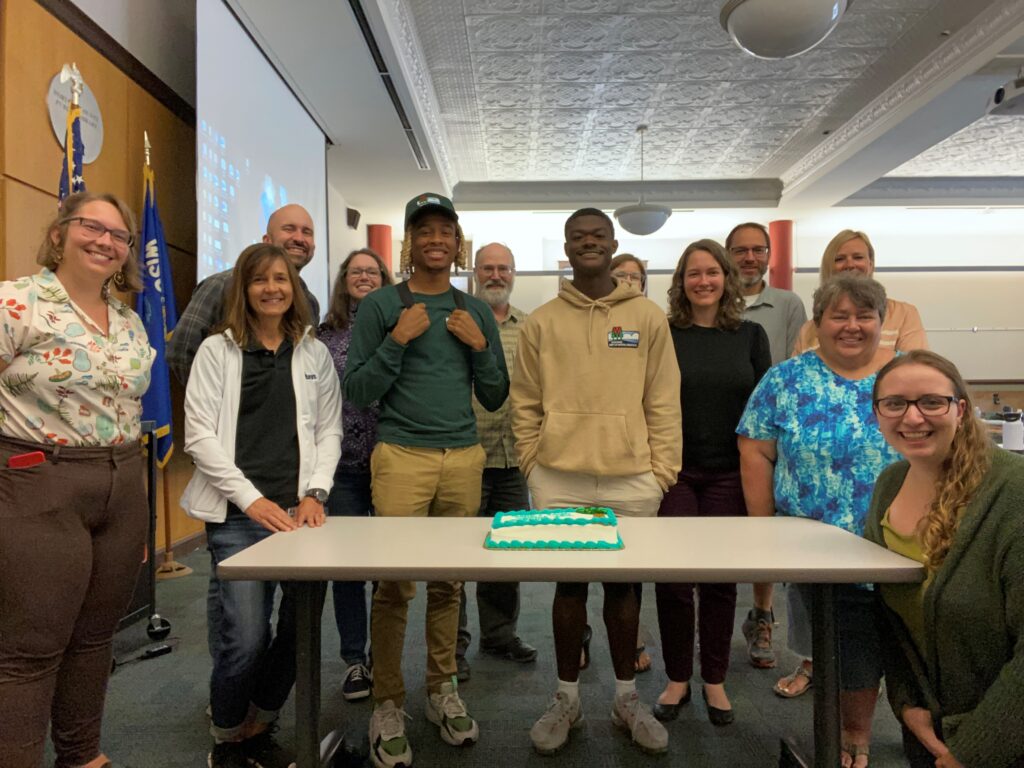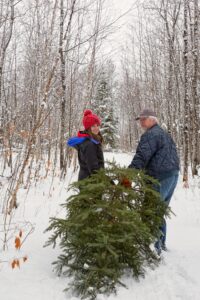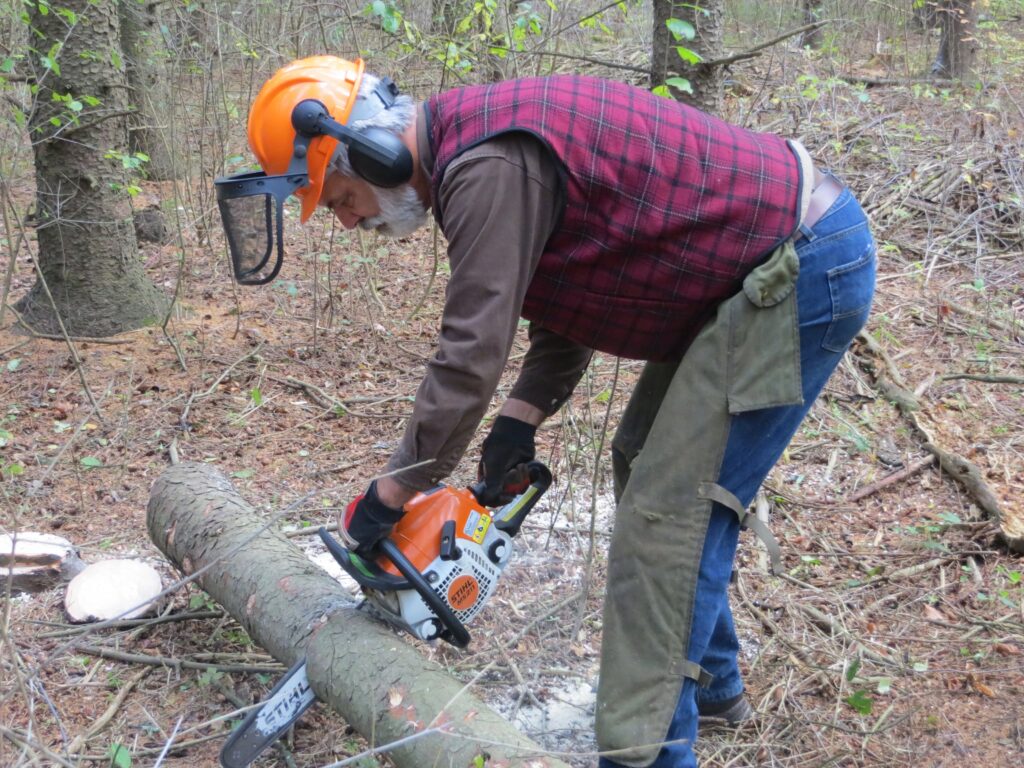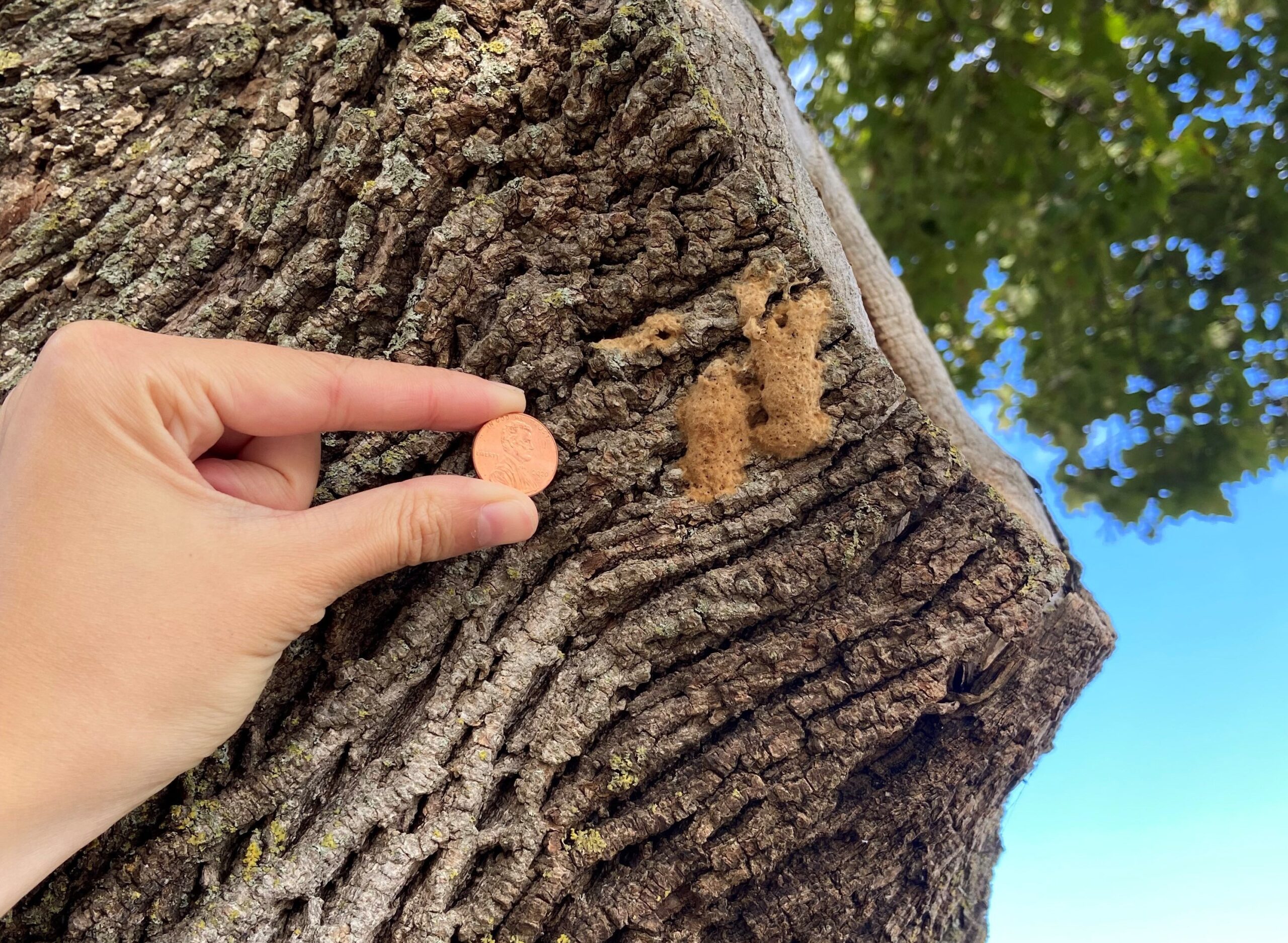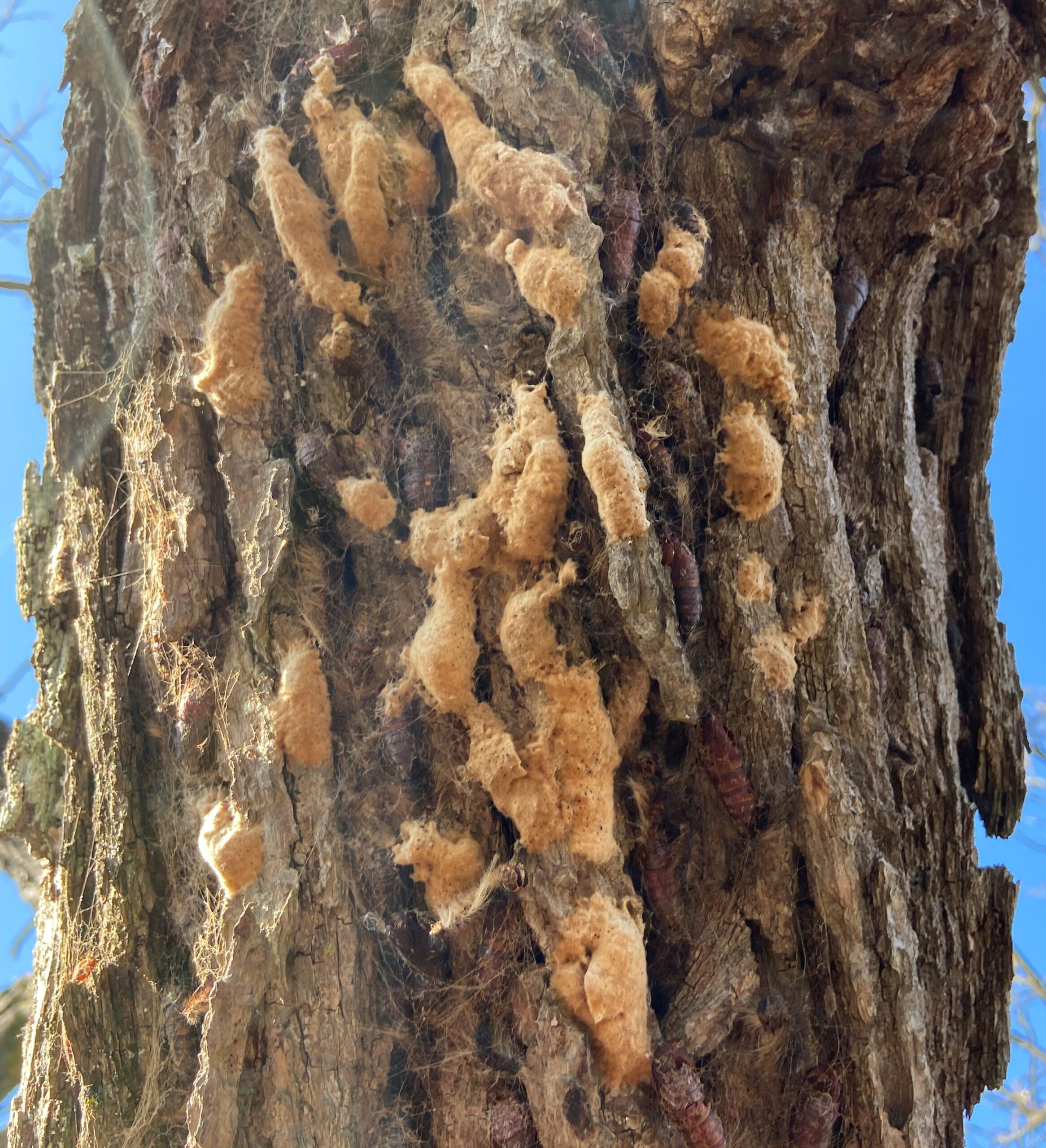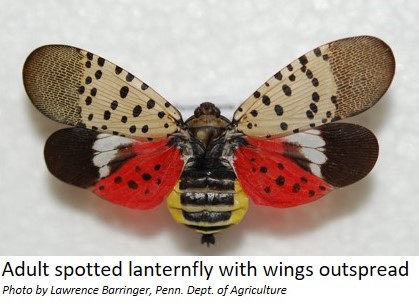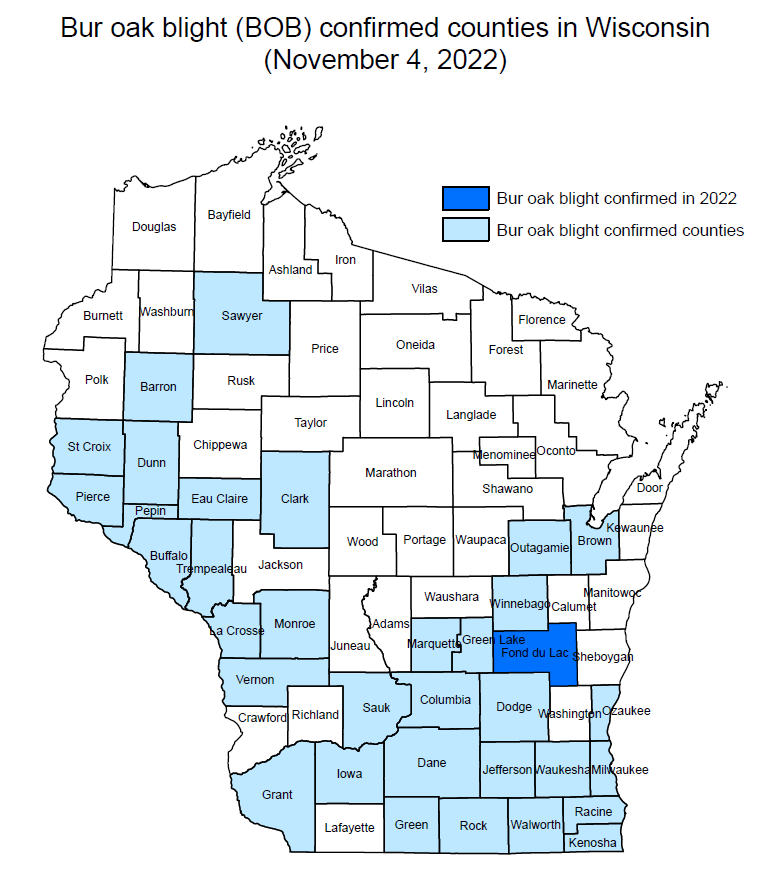The Wisconsin Department of Natural Resources (DNR) announced the Urban Forestry Grant Program recipients for the 2023 grant year. The program helps fund projects consistent with state and national goals for increasing the urban forest canopy.
The Urban Forestry Grant Program had almost $700,000 in grant funds, with $419,860 in state funding and an additional $273,512 in federal funding. A dollar-for-dollar match puts the estimated total cost of these projects at $1.5 million. In all, 58 applications were selected to receive funding, with awards ranging from $2,106 to $25,000. Continue reading “DNR Urban Forestry Program Announces 2023 Grant Recipients”

